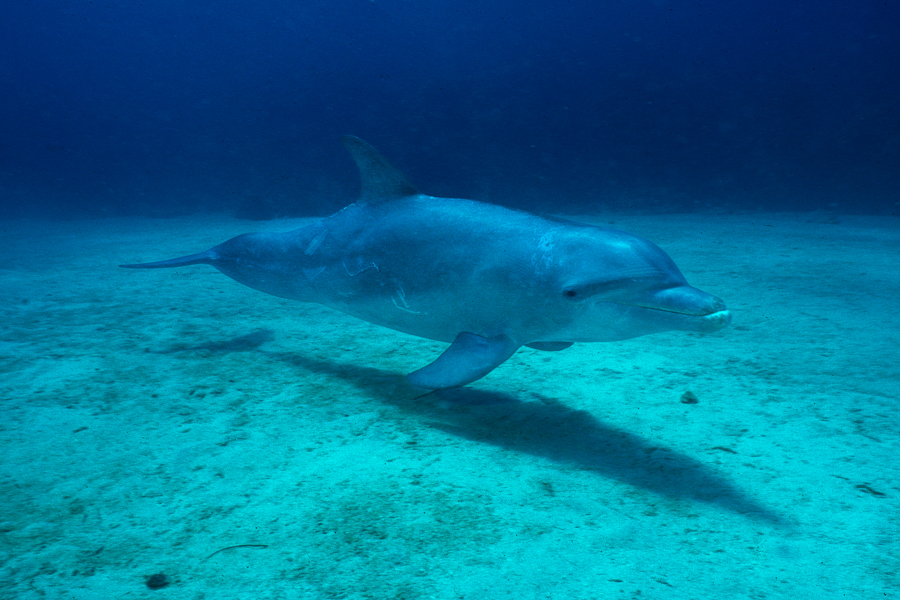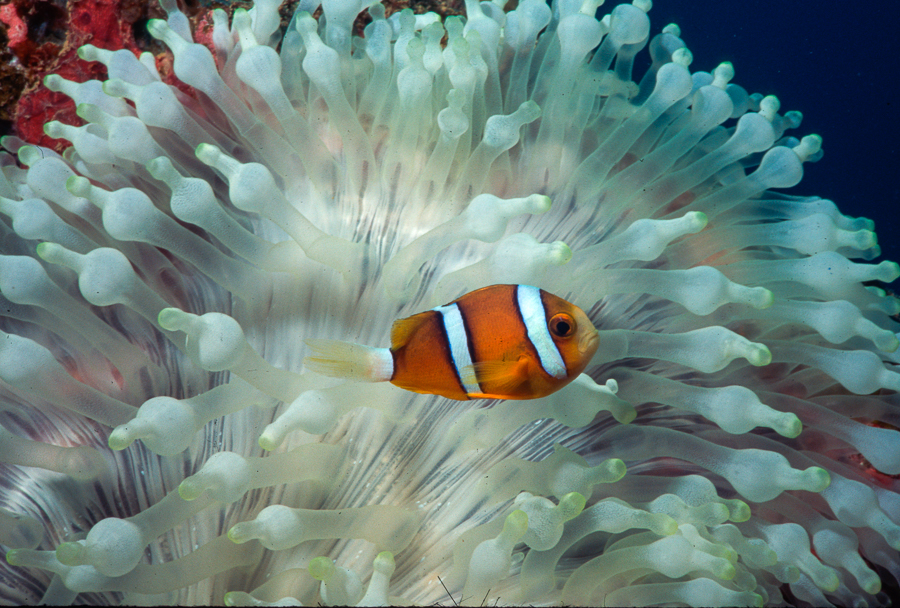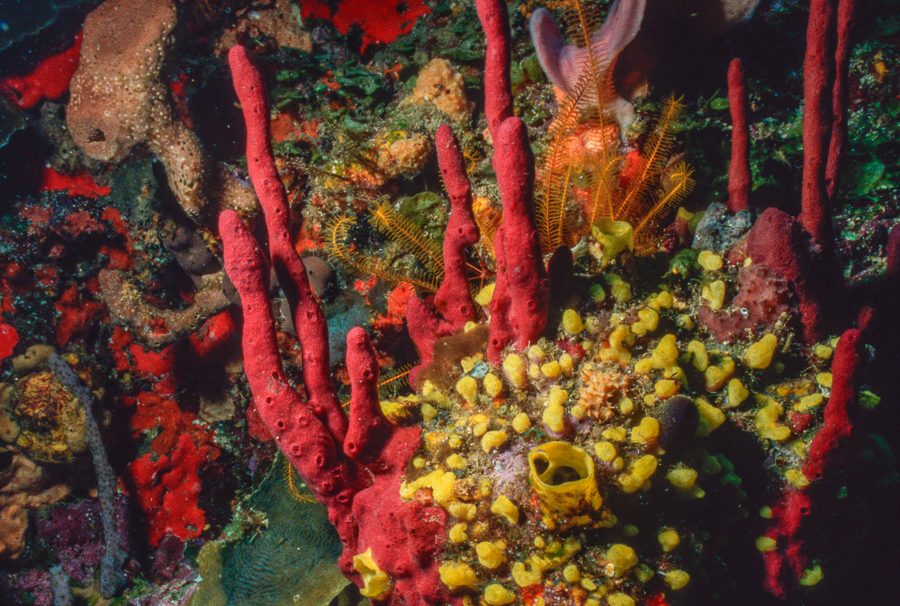For almost twenty years, about 90%+ of my photography was underwater. That’s when I learned that waterproof cameras “aren’t” and all the rules are different. Those were the days of 36-exposure rolls of slide film, and if you were doing video, it was Super 8. What was different? Water is thicker than air, and it is full of “particulate matter” that turns the scene “foggy” no matter how clear the water looks. You have to be able to use your scuba equipment to neither rise towards the surface nor sink to in order to keep your self relatively stable. Close to shore, back and forth wave action doesn’t help with stability. To be environmentally friendly, you don’t want to be standing on coral or knocking into sponges. Fish like to swim away from you, although some are curious and unafraid to be near divers. As you descend deeper, color begins to disappear at 15 feet below the surface until everything turns blue. You also use more air from your tank the deeper you go, something that is vitally important to monitor. If you want color, you need to have a strobe attached to your camera. Your strobe is good to about 6′ from your subject, and if it is pointed in the wrong direction, your subject will not be well-illuminated, and you are likely to capture bright reflections from the inevitable floating stuff between you and your subject. Good photos are generally made by trying to shoot upwards towards the light as much as possible, even capturing the sun as part of your composition. And there is more . . . too much to cover here.


